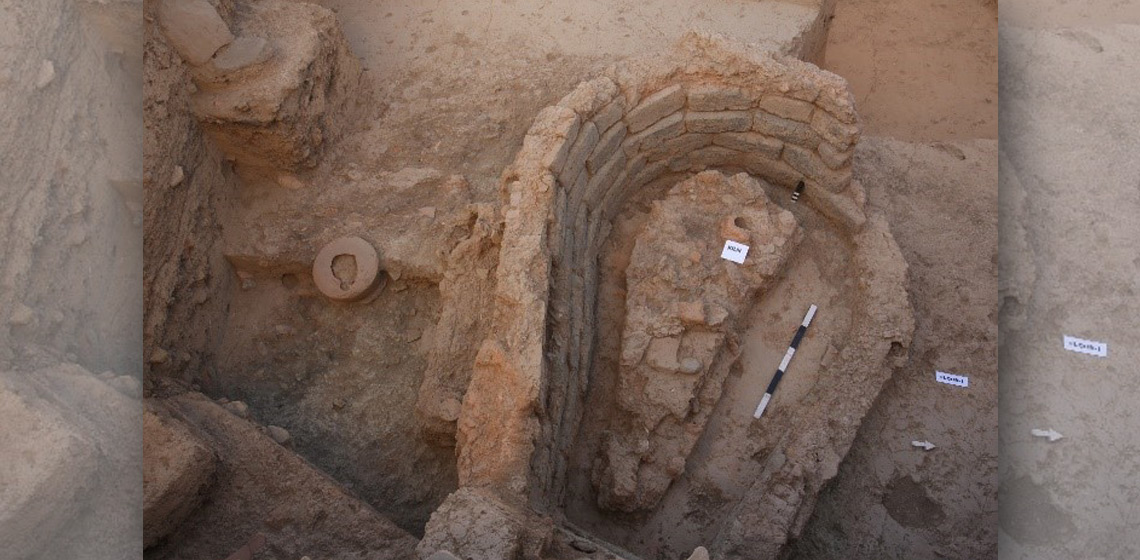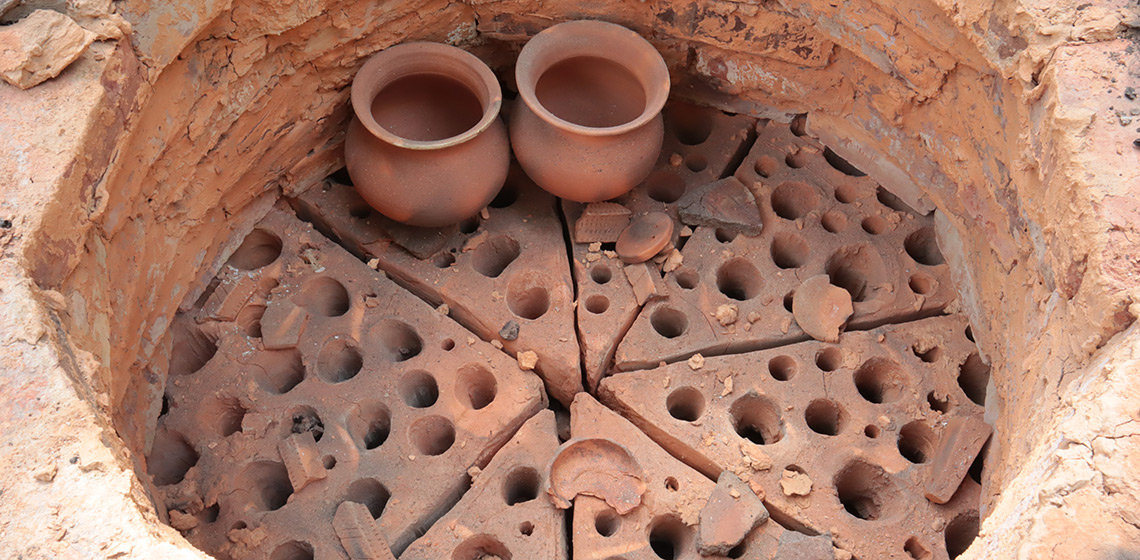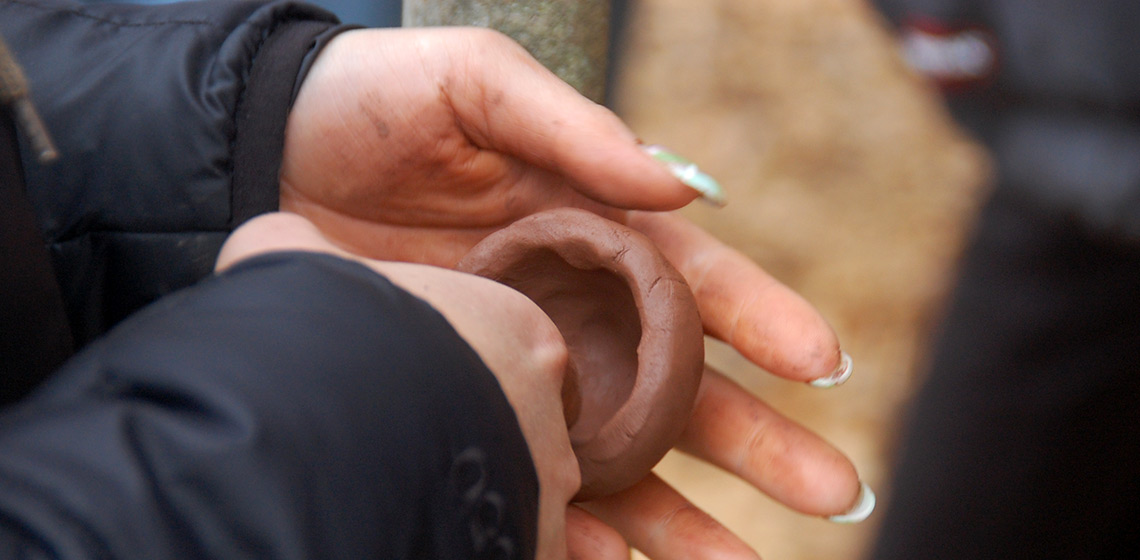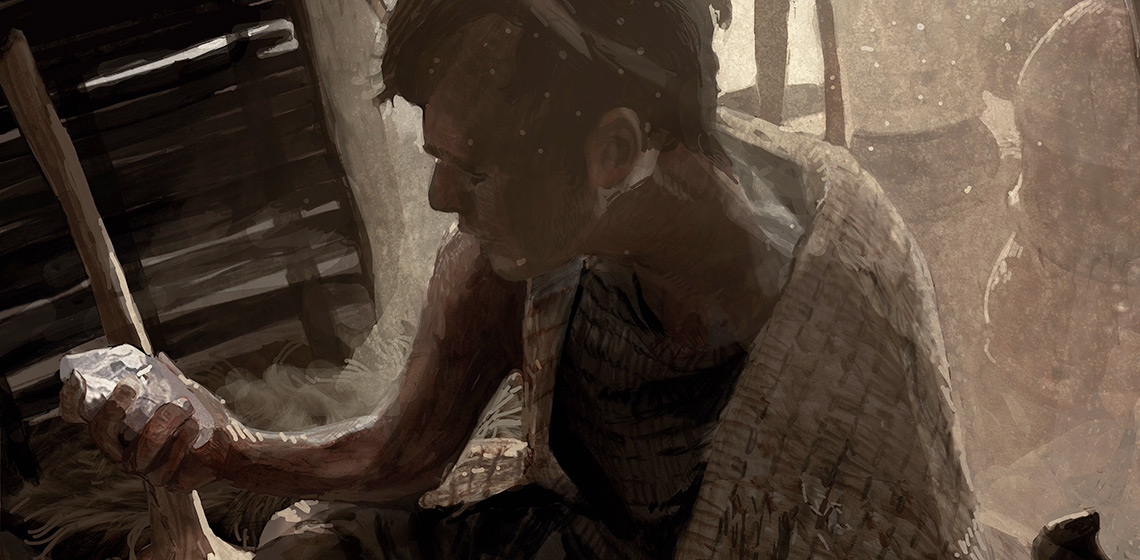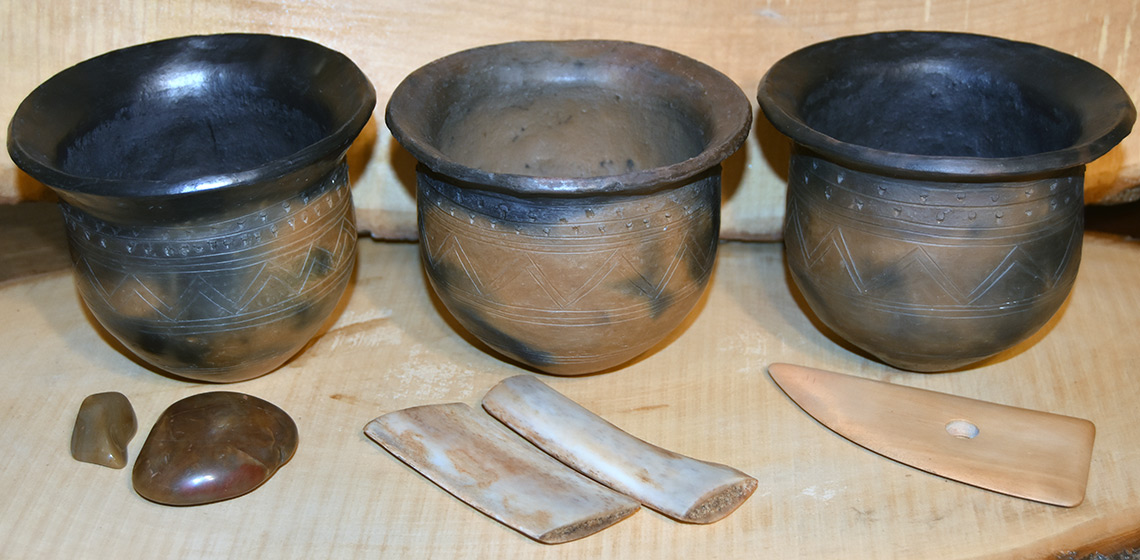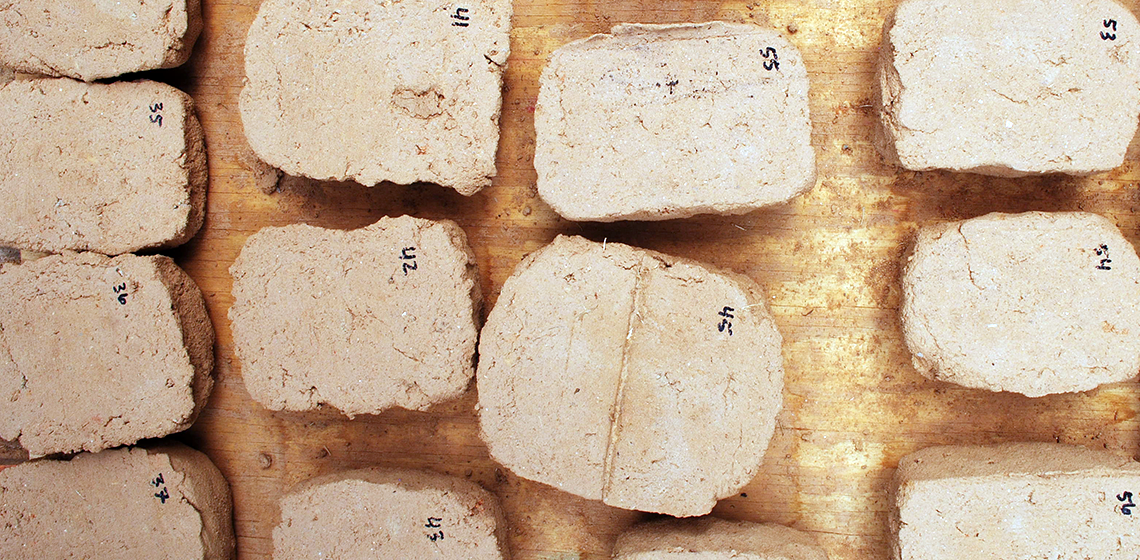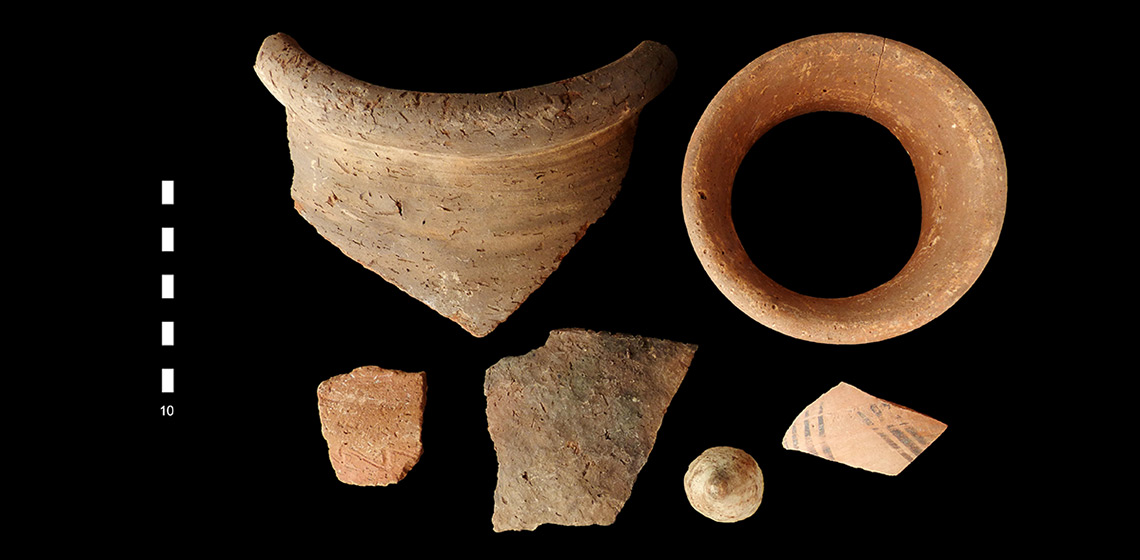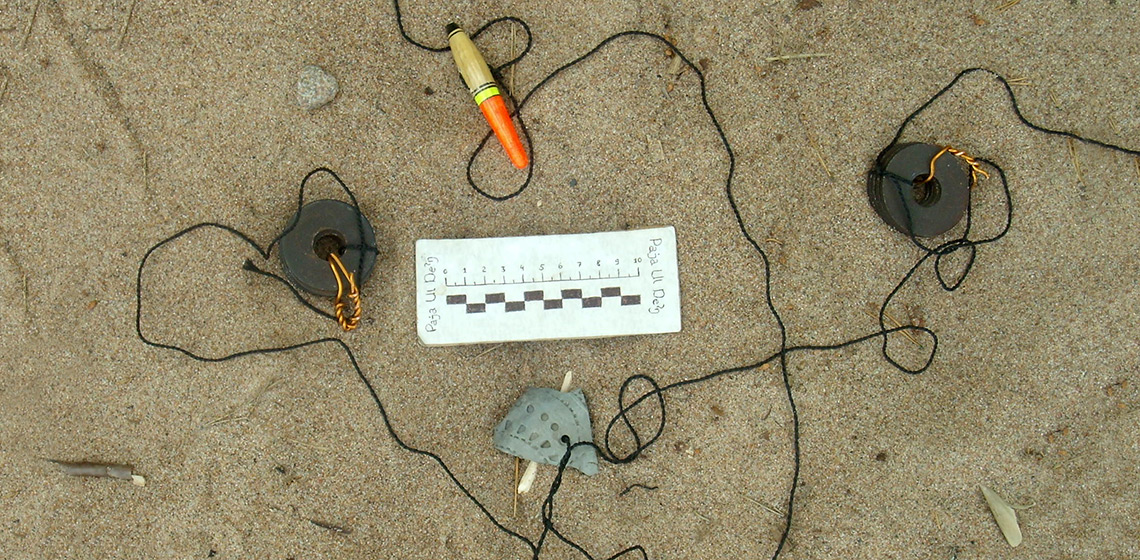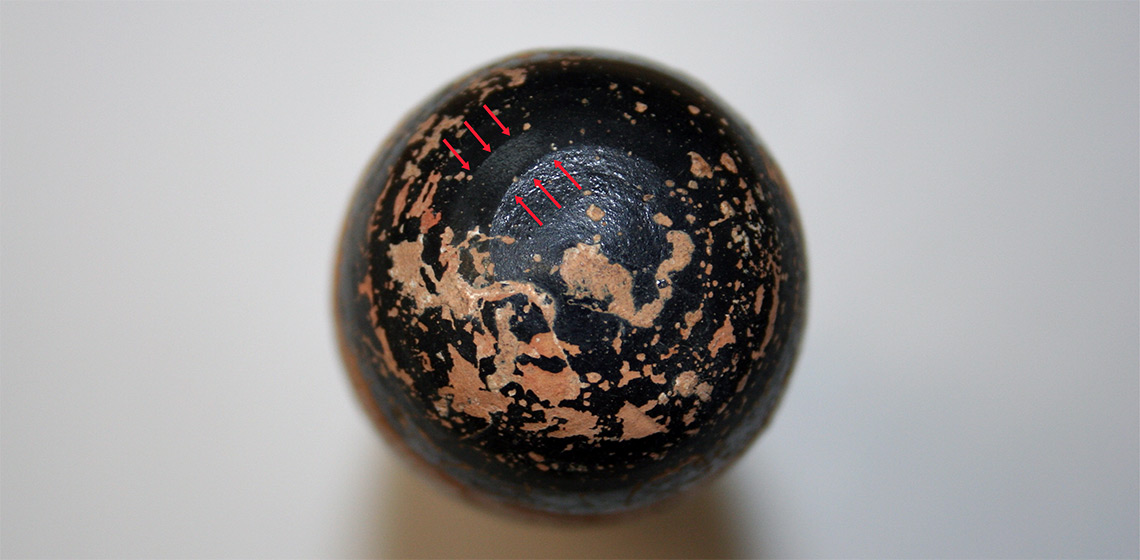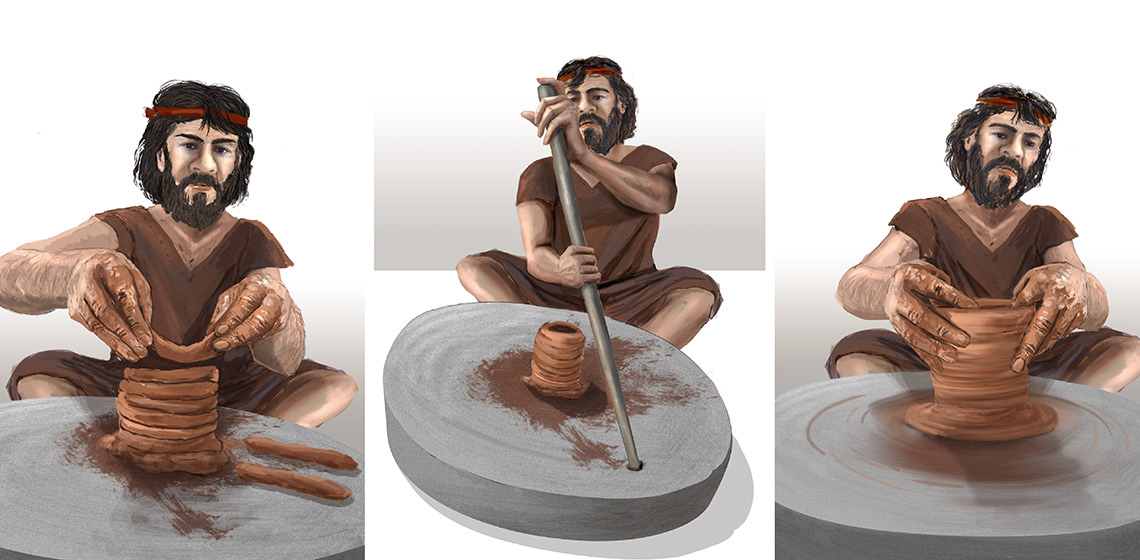ceramics
Experimenting with the Ancient Greek Pottery Production Process from Clay Selection to Firing in a (Re)constructed Updraft Kiln
Introduction
This experimental project aimed to reproduce the Hellenistic (fourth-third century BC) Greek pottery production process. The project was conducted by the authors, Francesca Tomei, PhD graduate in Archaeology at the University of Liverpool, and Juan Ignacio Jimenez Rivero, a ceramist specializing in replicating ancient pottery technology, who frequently collaborates with the Department of Classics, Ancient History, Archaeology and Egyptology, University of Manchester, on ceramic experimental archaeology projects and activities.
Pottery at the Scottish Crannog Centre
Call for information: Recycling in the Late Neolithic at the Vlaardingen site of Den Haag-Steynhof
The Putting life into Late Neolithic houses project looks at all the different aspects of what life could have been like for “the people in the Rhine/Meuse delta at about c. 2900 – 2500 BC.” (www.puttinglife.com). This is not only done by academic research, experiments, and material analysis, but also through illustrations produced by archaeological reconstruction illustrator Kelvin Wilson.
Different Vessel Surface Polishing Methods and Mutual Effects of their Applications
Scored Basins from Late Minoan Crete: an Experimental Interpretation from Construction to Functionality
An Experimental Approach to Assessing the Tempering and Firing of Local Pottery Production in Nubia during the New Kingdom Period
Introduction
Ceramologists usually apply the term style to describe the set of visual (i.e., decorative and morphometric) attributes of a ceramic object (see, e.g., Rice, 2015, pp. 388-410). The term fabric is mainly employed in petrographic and technological studies to indicate the physical characteristics of the material (i.e., clay paste composition) a pot is made from ( Nordström and Bourriau, 1993, p. 162).
Preliminary Observations of Potsherds Rounding in the Estuary of the Morye River – an Analog of Paleo-Okhta
Assessing Forming Techniques of Athenian Ceramic Alabastra
Introduction
Studies related to the craft of the potter whether it is the examination of manufacturing techniques of ancient Greek vases or clay analyses, have considerably developed over the last decades. Yet, experimental reconstructions and potter-centred analyses have mostly focused on Bronze Age pottery, Early Iron Age pottery, coarse wares, or kitchen wares (Knappett, 1999; Müller, Kilikoglou and Day, 2015; Choleva, 2020; Choleva, Jung and Kardamaki, 2020).

